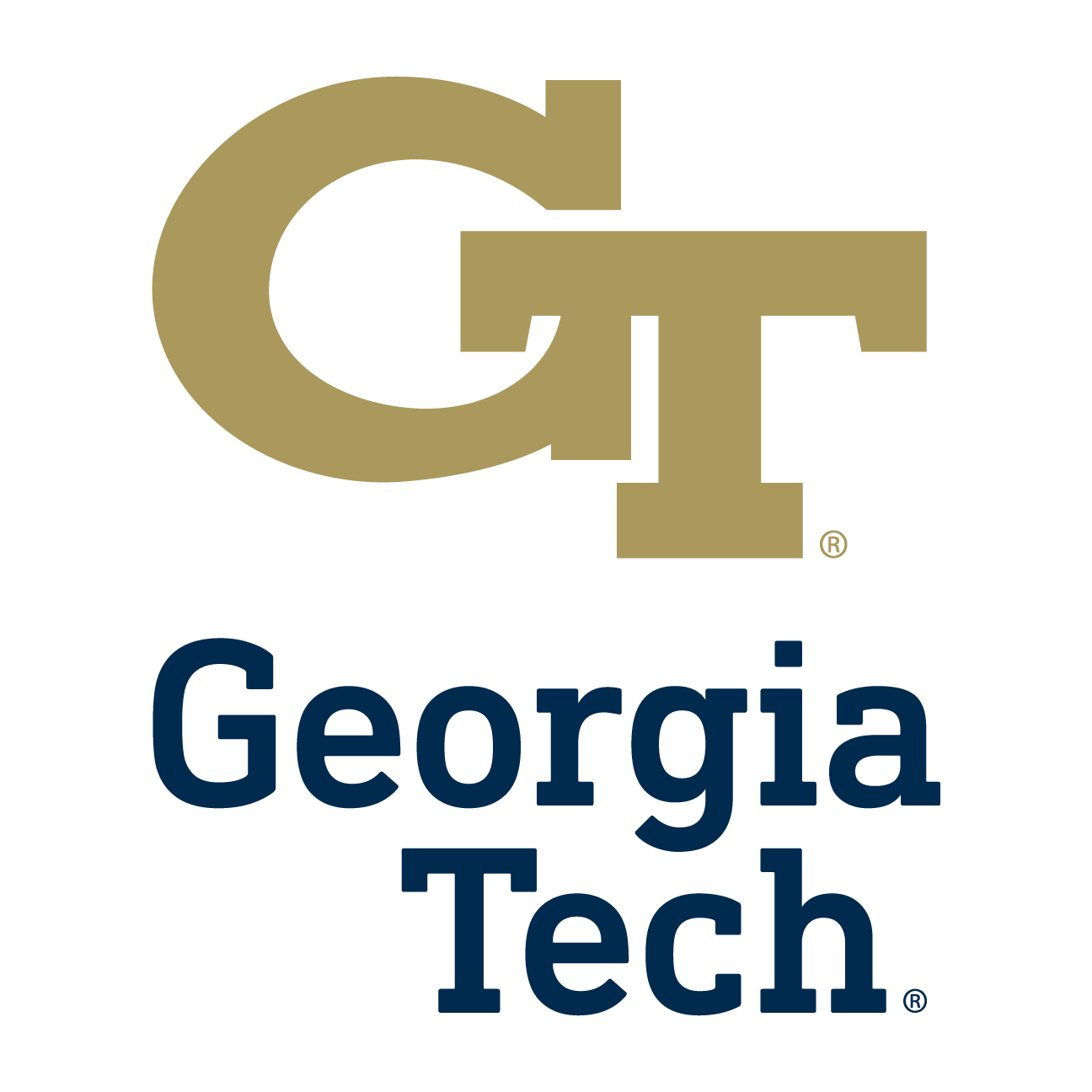Hi, my name is Tom. When I was about 9 years old I played Colin McRae Rally on PlayStation, and it became my dream to make video games. After high school I went on to study game development, but then I found that I wanted to know more about how computers work, so I went to study computer science at university. After university in Australia I wanted to try something different for a little while, so I moved to Canada and got caught up in the bike industry. A little while turned into 7 years, and then the global pandemic came along and shook everything up.
Growing tired of working as a mechanic, and feeling out of touch with the computing industry, I decided to go back to school and pursue a master's degree in computer science. Here I got a deeper appreciation for how operating systems and hardware work, and I indulged my fascination in the games console hacking scene by taking cybersecurity and reverse engineering classes.
So here I am, exactly 10 years after graduating from my undergraduate degree I am graduating again. I'm still interested in making games, but more than that, I am simply interested in making (and breaking) just about anything! That's where my interest in software lies, in the sheer joy of creating things that I, and other people, can use.
When I'm not working on digital things, I like to be outside, it's hard not to when you live in a place like British Columbia. I'm involved in the usual things like hiking, biking, and snowboarding. But that love of rallying from my childhood never died, and in an effort to always learn new and different skills I got my amateur radio license in 2023 so that I could help volunteer at the western rounds of the Canadian Rally Championship. And hopefully at some point in the future I'll be able to experience the thrill from inside the car as well.

